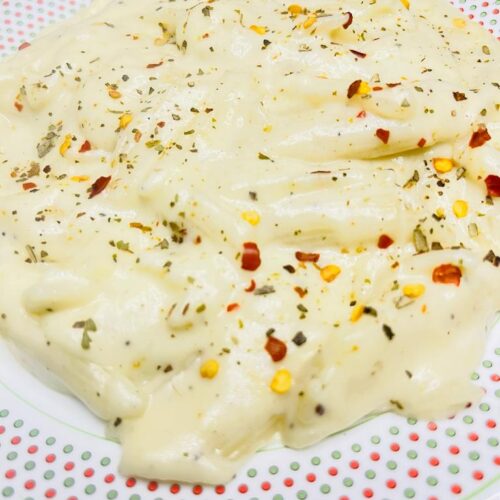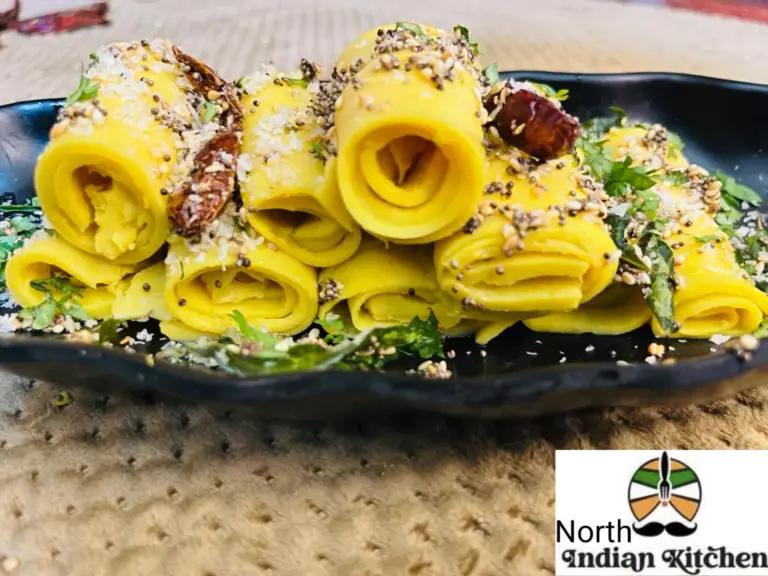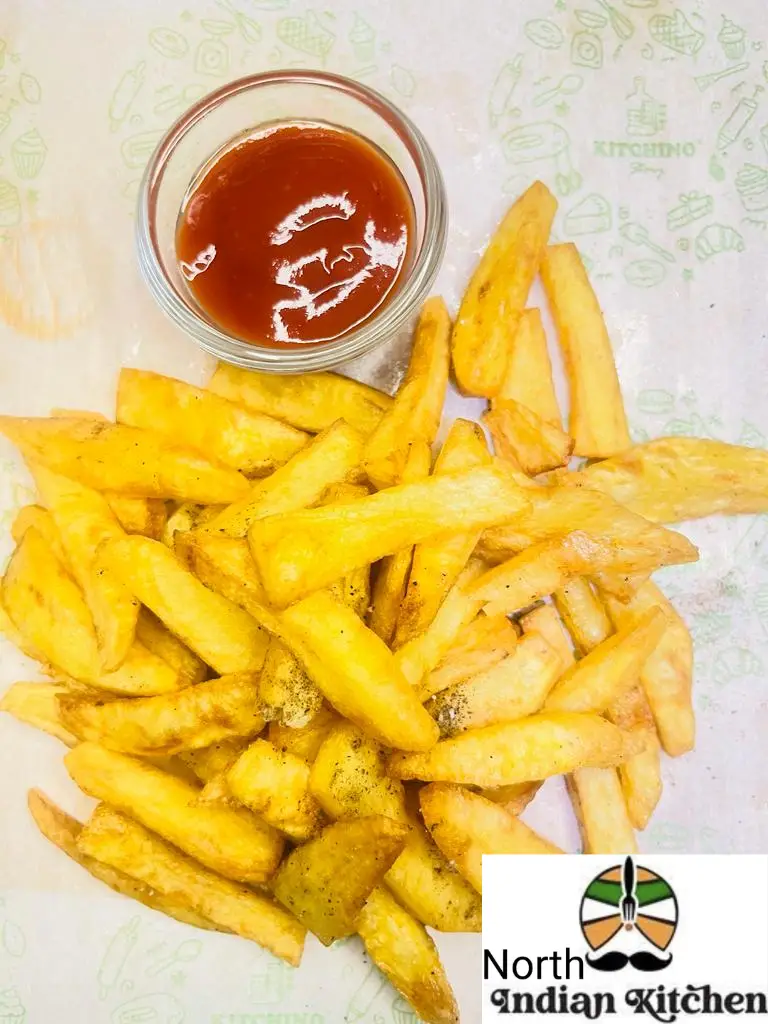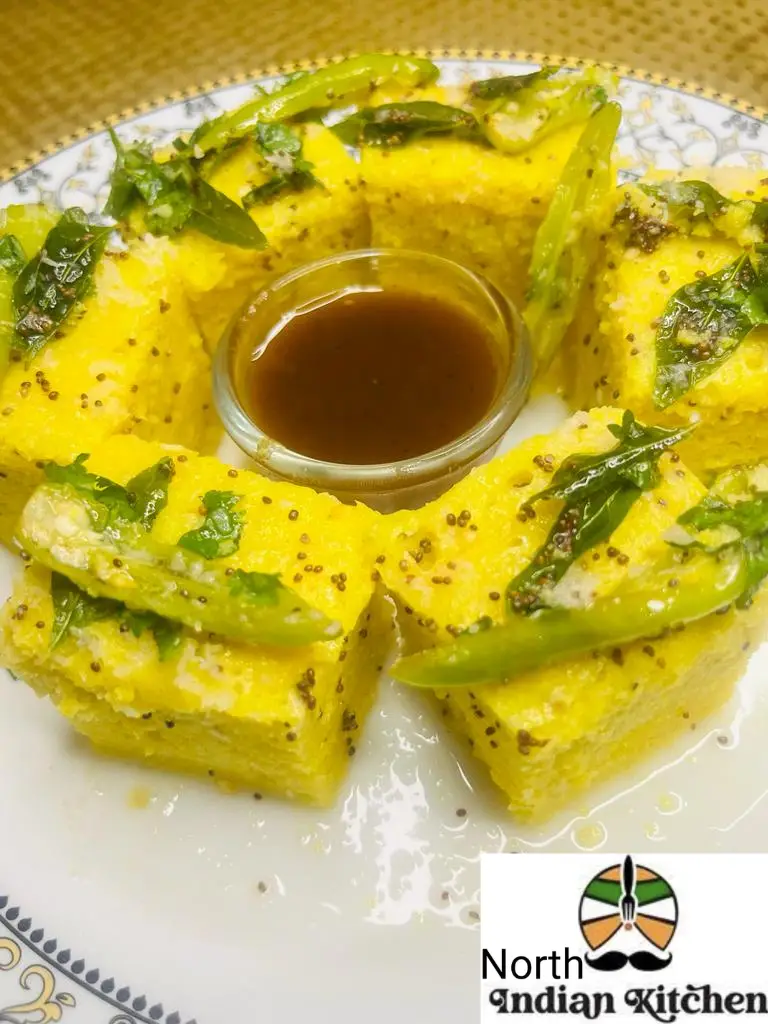How to make White Sauce Pasta (Easy White Sauce Pasta Recipe)
White sauce pasta, also known as béchamel pasta, is a classic and creamy pasta dish that is loved by many. It is made using a rich and velvety white sauce, typically made from butter, flour, and milk, which coats the pasta and creates a smooth and indulgent texture.
The richness and creaminess of the white sauce pasta, combined with the perfectly cooked pasta, create a comforting and satisfying dish that is enjoyed by pasta lovers of all ages. It is a popular choice for family meals, dinner parties, and cozy nights in.
Serve this delicious pasta with chilled beverage like rooh afza, kulukki sarbath, mango juice, sweet basil seeds or masala soda.
Whether you are a fan of creamy pasta dishes or looking to try something different from the traditional tomato-based pasta sauces, white sauce pasta offers a delightful and indulgent option that is sure to please your taste buds. 
What is White Sauce Pasta
White sauce pasta, also known as béchamel pasta or Alfredo pasta, is a pasta dish that features a creamy, white sauce coating the cooked pasta. The sauce is made from a roux of butter and flour, combined with milk and seasoned with salt, pepper, and sometimes grated Parmesan cheese. The pasta is typically cooked until al dente, then tossed in the white sauce until well coated.
The white sauce used in white sauce pasta is made by melting butter in a saucepan and adding flour to create a roux. Milk is gradually whisked into the roux, creating a smooth and creamy sauce. The sauce is then seasoned and cooked until it thickens and reaches a desired consistency. Parmesan cheese can be added to the sauce for additional flavor and richness.
The cooked pasta is combined with the white sauce, ensuring each strand or piece of pasta is coated with the creamy sauce. The result is a rich and indulgent pasta dish with a velvety texture and a savory, slightly cheesy taste.
White sauce pasta is versatile and can be customized with additional ingredients such as sautéed mushrooms, cooked chicken, or steamed vegetables. It can be served as a main course or as a side dish, and it pairs well with a variety of proteins and vegetables.
This creamy and comforting pasta dish is loved by many for its smooth texture, richness, and ability to satisfy cravings for a satisfying and flavorful meal.
How to make White Sauce Pasta
Cook the pasta
- Bring a large pot of salted water to a boil. Add the pasta, 2 teaspoon oil and cook according to the package instructions until al dente.

- Drain the pasta in sieve and set it aside.

- Pour some oil on boiled pasta. It will help pasta not get sticky with one another.

- Now add salt & black pepper in it.

Prepare the white sauce
- In a separate saucepan, melt the butter over medium heat. Once melted, add the flour and whisk continuously for about 1-2 minutes until the mixture turns golden and smooth.

- Afterwards, slowly pour the milk into the saucepan while whisking constantly to prevent lumps from forming. Continue whisking until the mixture thickens and comes to a gentle simmer. This should take about 5-7 minutes.

- Season the sauce: Season the white sauce with salt and pepper to taste. You can also add grated Parmesan cheese at this stage for extra flavor and creaminess. Stir well to incorporate the seasonings.

- Combine the pasta and sauce: Add the cooked pasta & grated cheese to the saucepan with the white sauce. Toss the pasta gently to coat it evenly with the sauce. If you’re adding any optional ingredients like sautéed mushrooms, cooked chicken, or steamed vegetables, this is the time to add them as well.

- Serve and garnish: Once the pasta and sauce are well combined, transfer the white sauce pasta to serving plates or bowls. You can garnish it with additional grated Parmesan cheese, chopped parsley, or a drizzle of olive oil, if desired.

Enjoy! Serve the white sauce pasta immediately while it’s still warm. It makes for a delicious and comforting meal on its own or can be accompanied by a side salad or garlic bread.
Expert Tips
Use a good quality pasta: Choose a high-quality pasta brand and opt for the shape that you prefer. Different shapes hold sauces differently, so select one that will complement the creamy white sauce.
Cook pasta al dente: Be careful not to overcook the pasta. Cook it until it is al dente, which means it still has a slight firmness when bitten. Overcooked pasta can become mushy when combined with the sauce.
Whisk continuously: When preparing the white sauce, whisk continuously while adding the milk to avoid lumps. This will ensure a smooth and creamy sauce.
Season appropriately: Taste and adjust the seasoning of the white sauce. Add salt and pepper gradually, as the Parmesan cheese (if using) can add saltiness to the sauce. Remember to taste and season accordingly.
Add grated Parmesan cheese: Adding grated Parmesan cheese to the white sauce adds depth of flavor and richness. However, if you prefer a milder sauce, you can skip the cheese or reduce the amount according to your preference.
Don’t let the sauce boil vigorously: Once the sauce reaches a simmer, lower the heat to prevent it from boiling too vigorously. Stir occasionally to ensure it doesn’t stick to the bottom of the pan.
Toss pasta with sauce immediately before serving: It’s best to combine the pasta and sauce just before serving to maintain the pasta’s texture and prevent it from becoming soggy.
Customize with additional ingredients: White sauce pasta provides a canvas for creativity. Consider adding sautéed mushrooms, cooked chicken, steamed vegetables, or other ingredients of your choice to elevate the flavor and add variety.
Serve immediately: White sauce pasta is best enjoyed when served immediately after preparation. The flavors and textures are at their prime when the dish is still hot and fresh.
Experiment and have fun: Feel free to experiment with the recipe and make it your own. Add herbs like parsley or basil for freshness, sprinkle red pepper flakes for a hint of spice, or try different types of cheeses to suit your taste preferences.
FAQs
Q: Can I make the white sauce in advance?
A: While it’s best to combine the pasta and sauce just before serving, you can prepare the white sauce in advance and store it in the refrigerator. Reheat the sauce gently on the stovetop, stirring occasionally, before mixing it with the cooked pasta.
Q: Can I use a different type of milk for the white sauce?
A: Yes, you can use different types of milk based on your dietary preferences or restrictions. Whole milk will give the richest and creamiest result, but you can also use low-fat milk or plant-based alternatives like almond milk or soy milk. Keep in mind that the texture and flavor may vary slightly with different milk choices.
Q: Can I freeze white sauce pasta?
A: Cream-based sauces like white sauce may not freeze well as the texture can change when thawed. It’s best to enjoy white sauce pasta fresh or refrigerate any leftovers and consume within a day or two.
Q: Can I use gluten-free flour to make the white sauce?
A: Yes, you can use gluten-free flour, such as rice flour or a gluten-free all-purpose flour blend, as a substitute for regular flour in the white sauce. Be aware that the sauce’s texture and thickness may vary slightly depending on the type of gluten-free flour used.
Q: How can I make the white sauce thicker or thinner?
A: To make the white sauce thicker, you can increase the amount of flour in the roux. Alternatively, to make it thinner, you can add more milk gradually until you reach the desired consistency. Adjust the ingredients in small increments to achieve the desired thickness or thinness of the sauce.
Q: Can I reheat white sauce pasta?
A: Yes, you can reheat white sauce pasta. To do so, gently reheat it in a saucepan over low heat, adding a splash of milk if needed to loosen the sauce. Stir occasionally to ensure even heating. Take care not to overheat the pasta to avoid drying it out or making the sauce separate.
If you like this recipe then check out our other Pasta Recipes:
Please be sure to rate this recipe or leave a comment below if you have made it. For more vegetarian & non – vegetarian inspirations, Sign Up for my emails or follow me on Instagram, Youtube, Facebook, Twitter or Pinterest.
White Sauce Pasta Recipe Card
Equipments
Ingredients
For Boiling Pasta
- 200 grams Penne Pasta
- Water for boiling
- Salt to taste
- A pinch of Black Pepper powder
- 1 tablespoon Oil
For White Sauce
- 30 gram Butter
- 30 gram Refined Flour
- 400 ml Milk
- Salt to taste
- A pinch of Black Pepper powder
- ½ teaspoon Oregano
- A pinch of Nutmeg powder
- 50 gram Processed Cheese
- Boiled/cooked pasta as required
Instructions
- Bring a large pot of salted water to a boil. Add the pasta,2 teaspoon oil and cook according to the package instructions until al dente.2. Drain the pasta in sieve and set it aside.3. Pour some oil on boiled pasta. It will help pasta not get sticky with one another.4. Now add salt & black pepper in it.Prepare the white sauce 5. In a separate saucepan, melt the butter over medium heat. Once melted, add the flour and whisk continuously for about 1-2 minutes until the mixture turns golden and smooth. Afterwards, slowly pour the milk into the saucepan while whisking constantly to prevent lumps from forming. Continue whisking until the mixture thickens and comes to a gentle simmer. This should take about 5-7 minutes.6. Season the sauce: Season the white sauce with salt and pepper to taste. You can also add grated Parmesan cheese at this stage for extra flavor and creaminess. Stir well to incorporate the seasonings.7. Combine the pasta and sauce: Add the cooked pasta &grated cheese to the saucepan with the white sauce. Toss the pasta gently to coat it evenly with the sauce. If you're adding any optional ingredients like sautéed mushrooms, cooked chicken, or steamed vegetables, this is the time to add them as well.8. Serve and garnish: Once the pasta and sauce are well combined, transfer the white sauce pasta to serving plates or bowls. You can garnish it with additional grated Parmesan cheese, chopped parsley, or a drizzle of olive oil, if desired.Your White Sauce Pasta is Ready
Video
Notes
- The general ratio for the white sauce is 2 tablespoons each of butter and flour for every 2 cups of milk. Adjust the quantities according to the amount of sauce needed.
- Cook the flour and butter mixture (roux) over medium heat until it turns a light golden color. Be careful not to let it brown too much, as it can affect the flavor of the sauce.
- When adding milk to the roux, do it gradually while whisking continuously. This helps prevent lumps from forming and ensures a smooth sauce.
- The sauce should have a thick and creamy consistency, similar to a pourable gravy. If it's too thick, add a little more milk. If it's too thin, cook it for a few more minutes to reduce and thicken.








